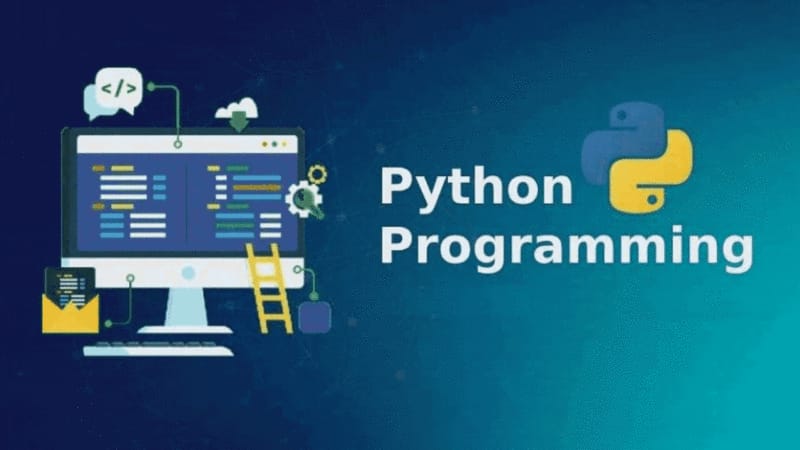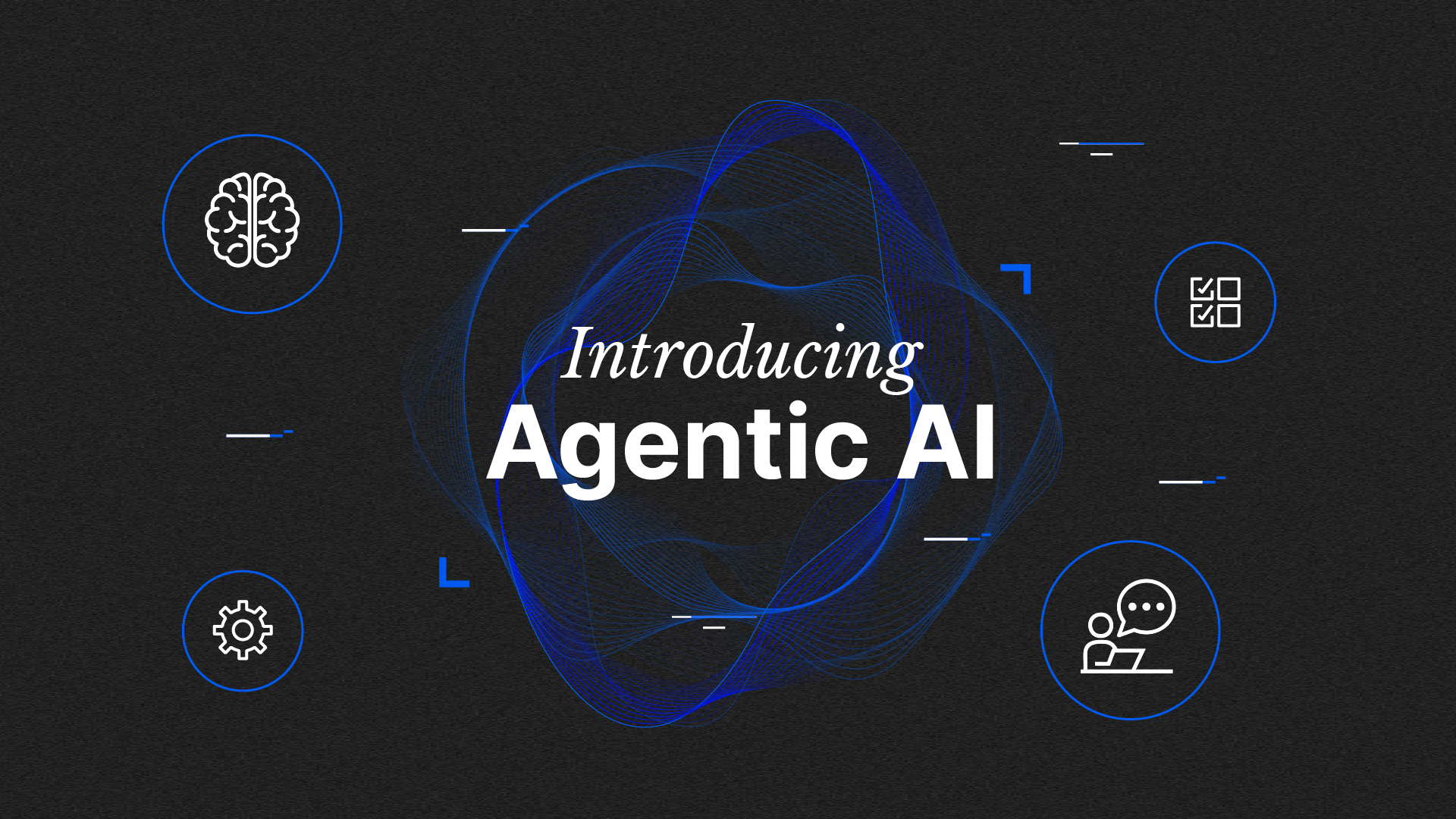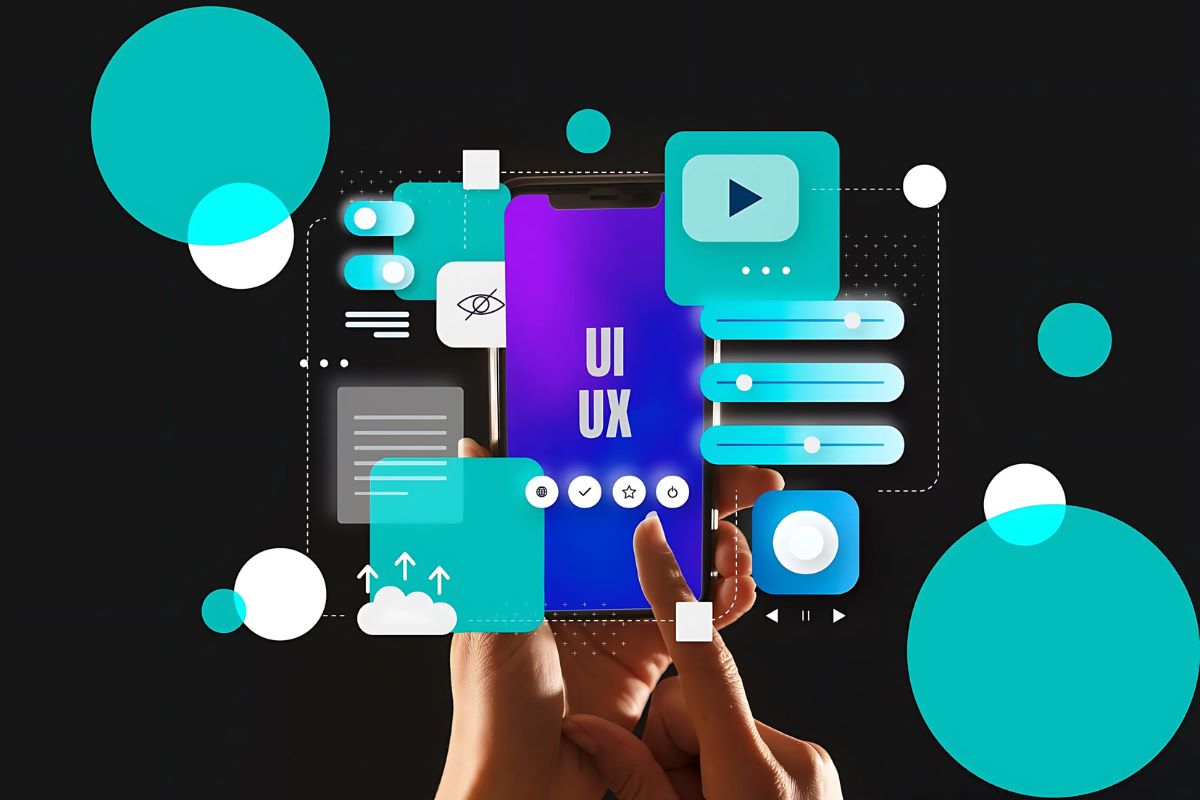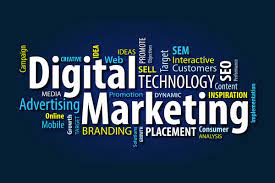
What is Python? | Discover Why It’s the Best Programming Language to Learn Today 2025
Programing
Python is frequently mentioned as a top option for developers, data scientists, and students in the field of programming. However, what is Python and why has it become so well-liked recently? We’ll go over all you need to know about Python in this comprehensive post, including its history, features, applications, benefits, and the reasons it still rules the software development industry.
Knowing what is Python and how it functions is a terrific first step in stepping into the digital world, regardless of whether you’re a student, a professional trying to change careers, or someone interested in coding.
What is Python?
Python is a high-level, interpreted, and general-purpose programming language. It was created by Guido van Rossum and first released in 1991. One of the main reasons for its growing popularity is its simple and readable syntax, which makes it an excellent choice for beginners and experts alike.
Procedural, object-oriented, and functional programming are among the various programming paradigms that Python supports. It is extensively utilized in many fields, including web development, data science, automation, machine learning, and more, due to its adaptability and simplicity of usage.
Why Learn Python?
If you’re still asking, “What is Python and why should I learn it?”, here are some compelling reasons:
· Easy to Learn and Use: Python’s syntax is very similar to English, making it easier to read and write.
· High Demand in Job Market: Python developers are in demand in sectors like AI, data science, web development, and cybersecurity.
· Open Source: Python is free to use and has a large community that contributes to its growth.
· Cross-Platform Compatibility: Python works on Windows, MacOS, and Linux without requiring changes in code.
· Extensive Libraries and Frameworks: Python offers powerful libraries like NumPy, Pandas, Django, Flask, TensorFlow, and more.
History and Evolution of Python
Understanding the background helps in grasping what Python really stands for.
· 1989: Guido van Rossum started working on Python.
· 1991: Python 0.9.0 was released with core features like exception handling and functions.
· 2000: Python 2.0 introduced list comprehensions and garbage collection.
· 2008: Python 3.0 was released as a major upgrade to fix fundamental design flaws.
· 2023 and Beyond: Python continues to evolve with regular updates and remains one of the most popular programming languages.
Core Features of Python
To understand what is Python, you must know what makes it stand out:
Readable and Maintainable Code
Python’s syntax allows developers to express concepts in fewer lines of code compared to other languages.
Dynamic Typing
Python doesn’t require variable declarations. It automatically detects the type of variable at runtime.
Interpreted Language
There is no need for compiling Python code; it is directly executed line by line, which makes debugging easier.
Extensive Standard Library
Python comes with a rich library that supports various modules and packages for different tasks.
Community Support
Python has a vast and active community that contributes to continuous development and support.
Where is Python Used?
One of the strongest aspects of Python is its wide range of applications. If you’re wondering what is Python used for, here are the major areas:
Web Development
With frameworks like Django and Flask, Python powers websites like Instagram, Pinterest, and Dropbox.
Data Science and Analytics
Libraries like Pandas, NumPy, and Matplotlib make Python ideal for data manipulation and visualization.
Machine Learning & AI
TensorFlow, Keras, and Scikit-learn allow Python to be the top choice for machine learning projects.
Scripting and Automation
Python is excellent for automating repetitive tasks like file handling, emails, and web scraping.
Game Development
Although not as common as C++, Python can be used with libraries like Pygame to build simple games.
Desktop GUI Applications
Using Tkinter and PyQt, developers can create fully functional desktop applications.
Python vs Other Programming Languages
|
Feature |
Python |
Java |
C++ |
JavaScript |
|
Syntax Simplicity |
✔ |
X |
X |
✔ |
|
Cross-Platform |
✔ |
✔ |
✔ |
✔ |
|
Web Development |
✔ |
✔ |
X |
✔ |
|
Data Science |
✔ |
X |
X |
X |
|
Machine Learning |
✔ |
X |
X |
X |
Python leads in simplicity, versatility, and readability.
How to Get Started with Python?
Here’s a quick guide for beginners on how to start:
· Install Python from the official Python.org website.
· Choose an IDE like PyCharm, VS Code, or even Jupyter Notebook.
· Start Learning Basics variables, loops, functions, and conditions.
· Practice Projects like calculator apps, to-do lists, or web scrapers.
· Explore Libraries related to your interest (e.g., Pandas for data, Django for web).
Common Mistakes to Avoid
When learning Python, beginners often:
· Forget about indentation (which is crucial in Python).
· Mix Python 2 and Python 3 syntax.
· Ignore error messages or debugging.
· Try to learn everything at once instead of step-by-step.
Avoiding these mistakes ensures smoother learning and coding experience.
Conclusion: What is Python and Why It Matters
So, what is Python? It’s more than just a programming language it’s a powerful tool that opens doors to web development, data science, AI, automation, and more. Python’s beginner-friendly nature, combined with its powerful capabilities, makes it one of the best languages to learn in today’s tech-driven world.
Whether you’re a student, a hobbyist, or someone looking to start a career in IT, learning Python can set you up for long-term success. Now that you understand what Python is, the next step is to start coding and bring your ideas to life.
FAQs
Q1: What is Python used for the most?
Python is most commonly used in data science, web development, and machine learning due to its flexibility and wide library support.
Q2: Is Python good for beginners?
Yes, Python is ideal for beginners because of its easy syntax and strong community support.
Q3: Can I learn Python without coding background?
Absolutely. Python is one of the best languages for people with no prior programming experience.
Q4: What is the best way to learn Python?
Start with basics through online tutorials, practice small projects, and gradually explore advanced topics and real-world applications.
Q5: How long does it take to learn Python?
With consistent effort, basic Python can be learned in 2-3 months. Mastery may take longer depending on your goals.
Recents

The Ultimate Guide on How to Start Freelancing Skills, Tips & Career Growth
Read Article →
The Ultimate Guide to Forex & Crypto Trading Strategies
Read Article →
AI Automation & Agentic AI
Read Article →
Importance of Graphic Designing
Read Article →
UI UX Design Course in Faisalabad
Read Article →
Digital Marketing Scope in Faisalabad
Read Article →